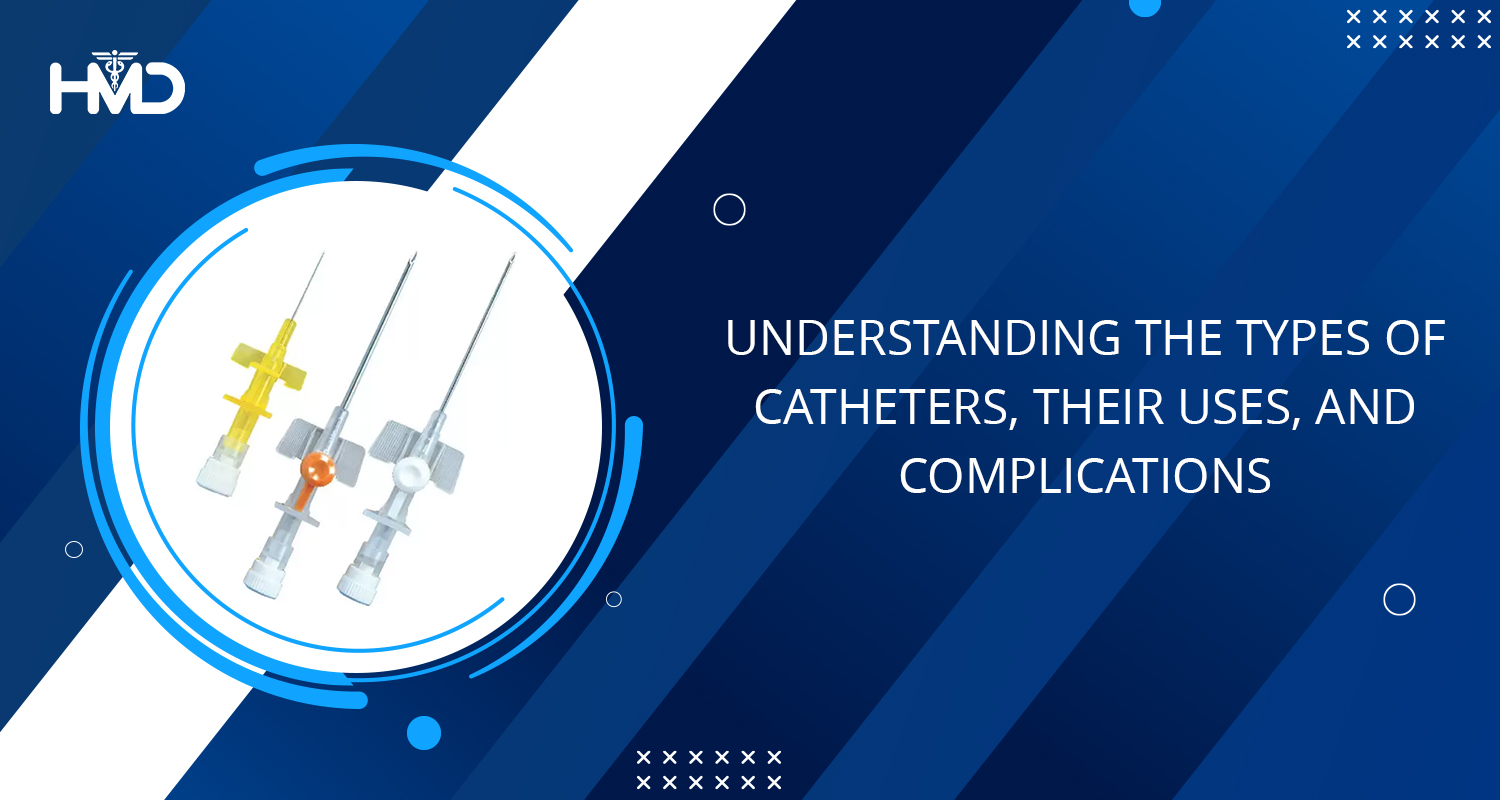

In hospitals, venous access is a fundamental yet crucial component of patient care. In-vein treatments are frequently administered by a catheter and a tiny needle. This is known as an I.V. catheter. The nurse inserts the needle into the top of your hand or your forearm.
When the day’s therapy is finished, the nurse usually removes the I.V. catheter. Each time you undergo treatment, you have to get a new I.V. However, If the catheter is in your vein and you are not uncomfortable, sometimes it can remain in for 2 or 3 days.
Different types of I.V. catheters have varying clinical uses.
These different types of catheters are:
- Midline Peripheral Catheter
- Peripherally Inserted Central Catheter
- Central Venous Catheter
Let us understand them in detail.
Midline Peripheral Catheter
The midline catheter is an I.V. catheter. The nurse inserts it into a peripheral vein with the distal tip close to the axilla. Midline catheters can range in length from 10 to 25cm. They contain a single or double lumen. Nurses implant them using Seldinger’s method and ultrasound.
Peripherally Inserted Central Catheter
This is a PICC ‘pick’ line. The nurse inserts it into a big vein near your elbow. When they put the PICC line, they administer a local anaesthetic to numb the skin and tissue. Once the catheter’s tip is in the vein, a few extra inches of the catheter are inserted. This keeps the catheter from coming out. The tip of the catheter rests well outside the body at the point where it was introduced.
Doctors use fluoroscopy or ultrasound to guide the tube into place.
Your doctor will then remove the needle. And apply a bandage, called dressing, to the place where they inserted PICC. This lowers the risk of infection. There is a need to flush your PICC line and replace the dressing on a regular basis. This is done a healthcare worker
Central Venous Catheter
If you will be getting chemotherapy for an extended period, or if you are a candidate for a blood or marrow transplant, your doctor may propose a central line. A central line is also known as a central venous catheter (CVC). And CVCs are also called venous access devices (VADs).
CVCs are catheters placed into veins in your arm or chest and reach the superior vena cava. This is a major vein near your heart. These catheters remain in place for long periods. This enables healthcare providers to administer drugsand monitor pressure in the veins. It is also used to collect blood samples, without having to repeatedly jab your veins.
In severely ill patients who need I.V. access, ultrasonography improves access to peripheral veins located deeper in the arm. This procedure takes time to perform. The procedure may may fail due to a short catheter length. CVCs are frequently viewed as a fix to this problem, but are not without consequences of their own.
Summing Up
I.V. catheters can help with several areas of your care and treatment. Doctors use them for the long term as they allow access to significant blood veins in your body. In fact, certain treatments need a catheter.
Having an I.V. catheter is helpful in many ways. But it is also a doorway from the outer environment into your bloodstream. And it has certain hazards connected with it. It prevents infection. Besides, understanding how to maintain your I.V. guarantees that your catheter is secure for use when needed.
As a result, a midline catheter could be a good alternative. These catheters take time to put them in place. Hence, they are not intended for rapid, large-volume resuscitations. They also have a larger catheter length that decreases infusion rates. Midline catheters provide secure venous access that is less likely to be displaced.

Add Comment